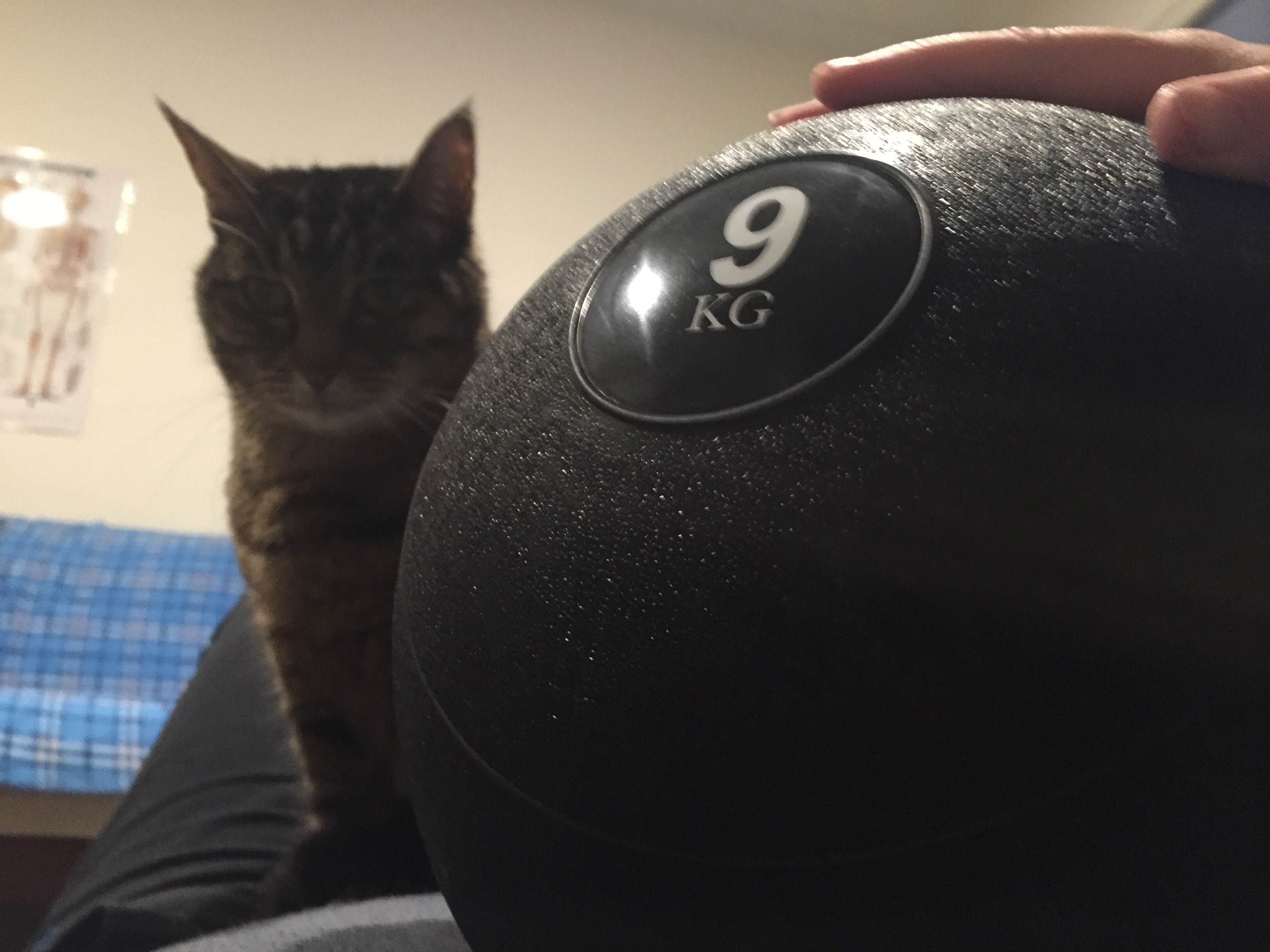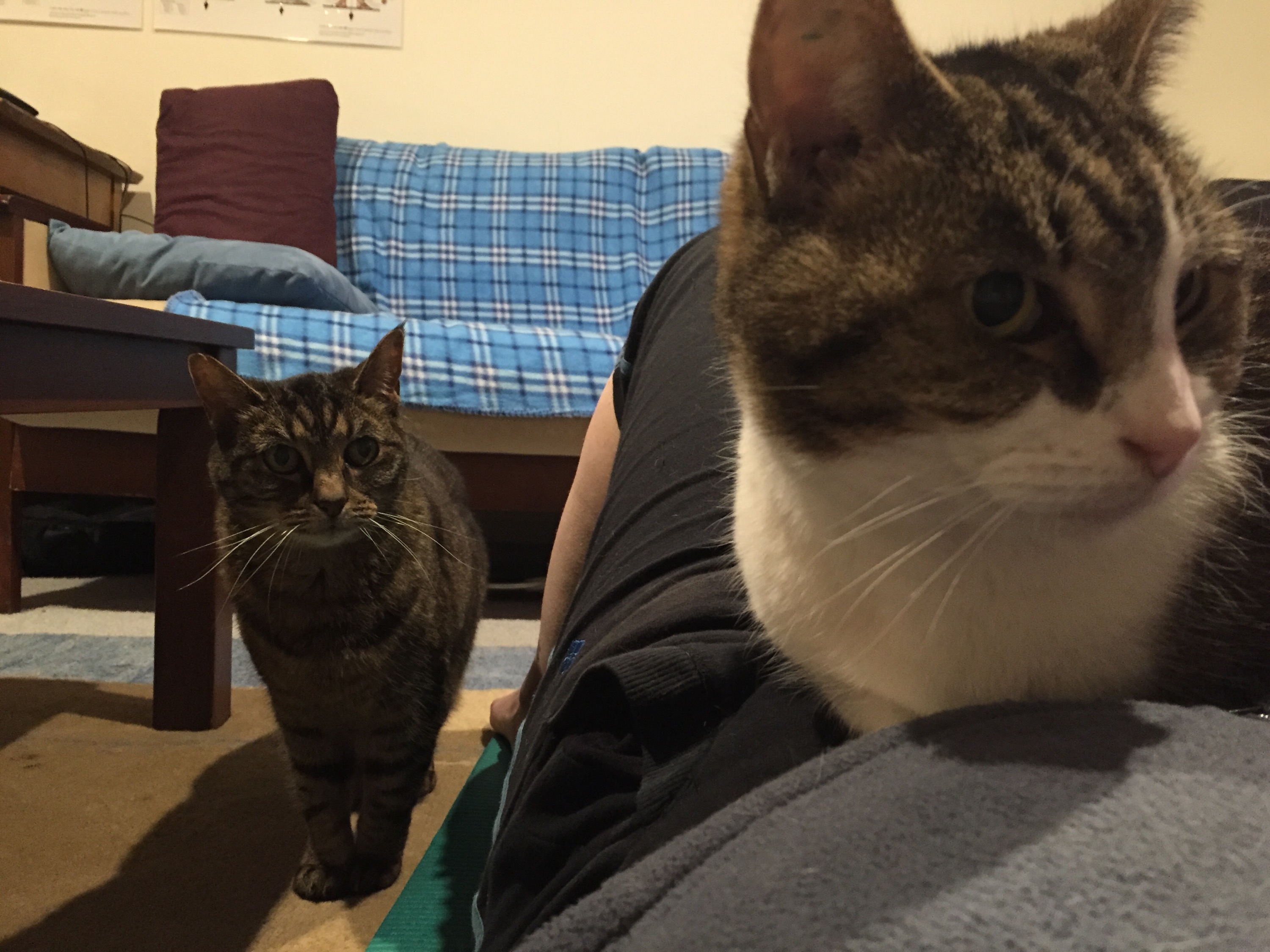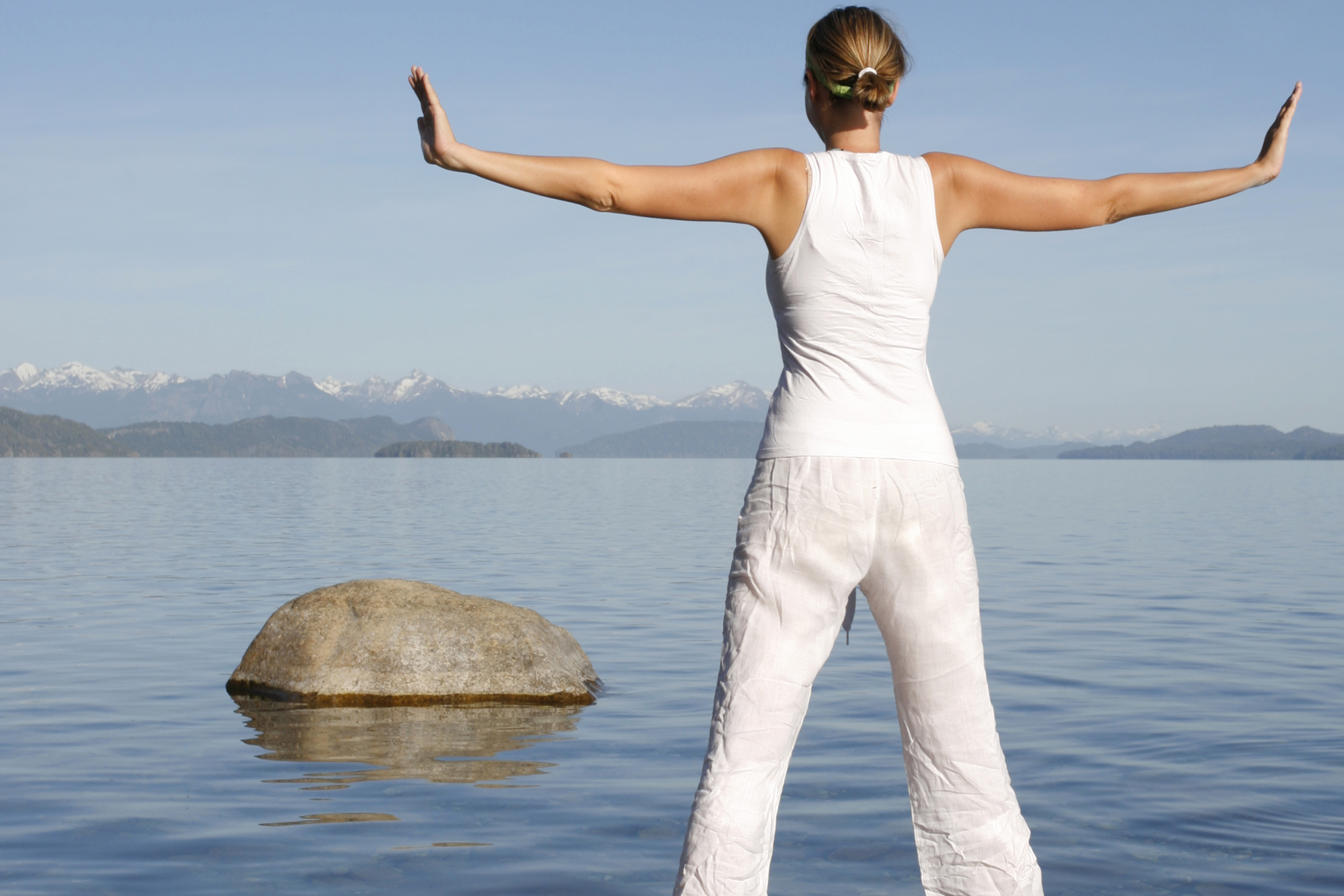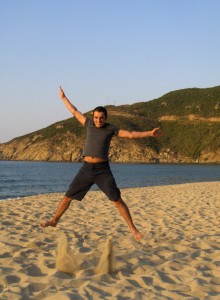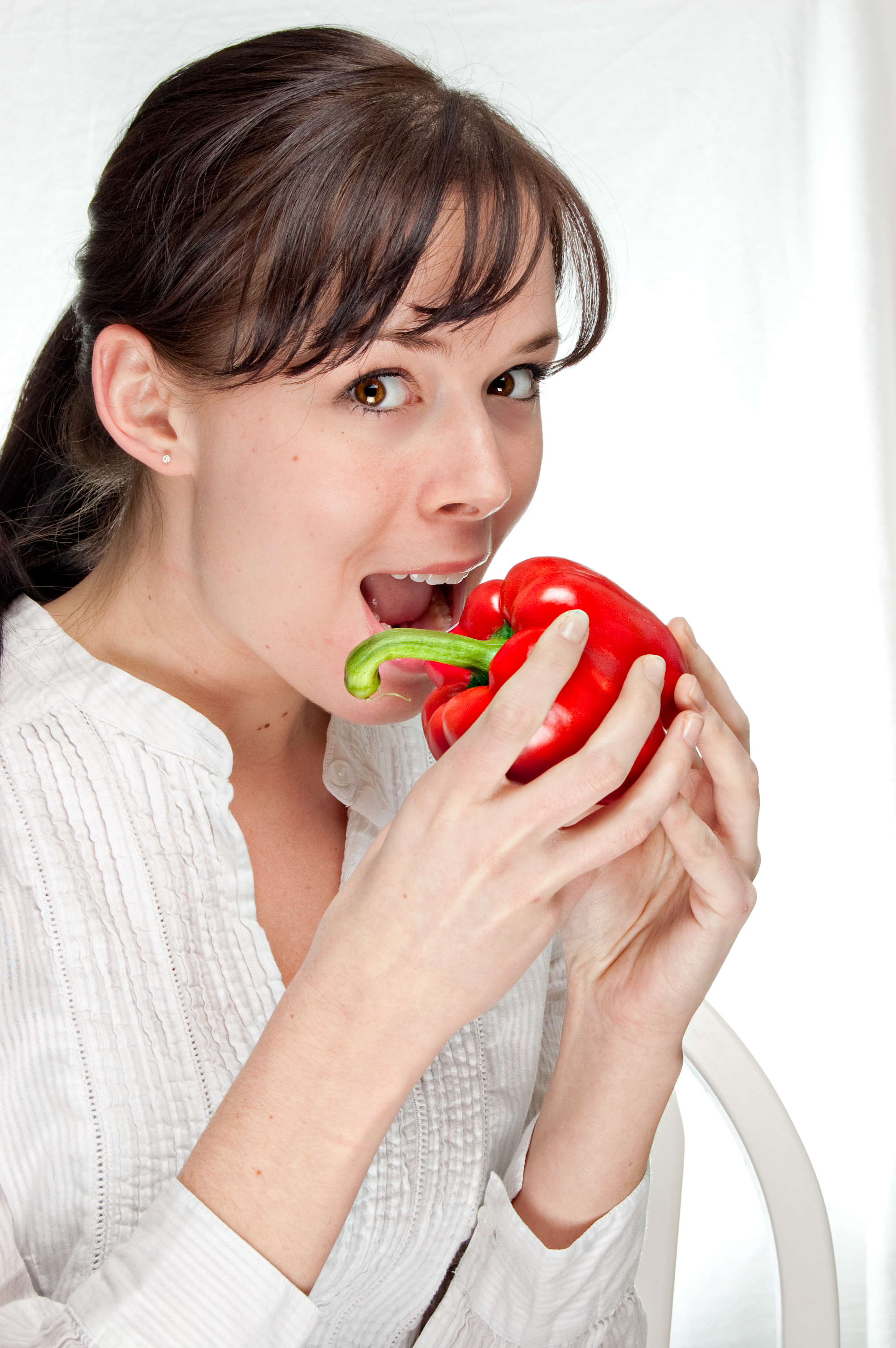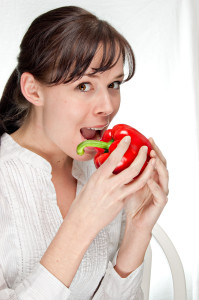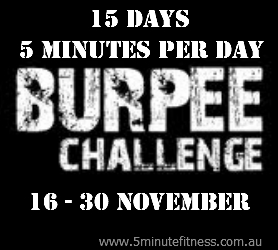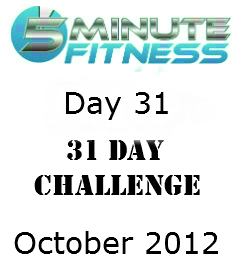Stay lean and happy this winter
Picture this: The skies are grey and the weather is cold. You are kicking back on the couch, the heater is on and you may even be snuggled under a blanket. You’re watching your favourite movie or perhaps reading a good book. Beverage of choice is a hot chocolate or even a glass or two of wine. And let’s not forget those sneaky snacks.
Sound good?
Well, let us fast-forward a little. The sun is shining, birds are singing and the weather has warmed up. You feel on top of the world after feeling sad and depressed during the grey months. You just love this time of year. Everything is new and fresh. You decide to wear your favourite jeans — the ones that you feel fantastic in. The only trouble is….they don’t quite fit anymore. And all of a sudden, your mood plummets.
Sound familiar?
Australians gain weight every winter
If it does, you are not alone. A 2012 study [1] from the NSW Food Authority and NSW Health found that almost half of Australian adults gain two kilos over winter, with the average weight gain anywhere from two to five kilograms.
The study, one of the first to investigate winter eating habits in relation to fast food and snack consumption also found:
- 90 per cent of Australians eat more fast and snack foods and takeaways during winter because doing so makes them feel ‘warmer and happier’
- 36 per cent of Australians are concerned about gaining weight over winter
- 59 per cent believe any weight gain over winter will be due to eating more fast food and snacks and exercising less.
Well, at least they understand why they are likely to gain weight.
Should we be concerned over gaining between two and five kilos over winter? After all, it will be easy to shift when the warmer weather hits, won’t it?
Perhaps not. Swedish researchers found that just one month of overeating can lead to weight gain that lasts for years. [2] It seems that overeating and a lack of exercise may affect body fat levels and make it harder to lose weight.
Luckily, we can prevent winter weight gain by changing two key things: what we eat and how much we move.
Eat to be lean
Contrary to popular belief, winter food can be comforting without being stodgy and heavy. Try these tips to lighten up your plate:
- Choose warming oats with skim milk and fruit over sugar-laden cereals.
- Avoid adding salt to food.
- Avoid adding extra fats to foods (i.e. butter to mashed potato).
- Bake, steam or grill instead of frying in oil.
- Roast meat or take advantage of a slow cooker.
- Choose whole grains over processed white varieties of rice, pasta, bread, etc.
- Snack on fruit, low-fat yoghurt, nuts and seeds instead of biscuits, cakes, muffins etc.
- Choose veggie sticks or pretzels instead of chips and popcorn.
- Limit calorie-laden beverages such as wine, hot chocolate, soft drink and fruit juice.
- Limit takeaway foods to once a fortnight.
And of course, you should eat a wide variety of foods to ensure your vitamin intake is adequate.
Move to be happy
The other side to the equation is to continue moving throughout winter. You may need to change the type and location of your exercise (it can be a little uncomfortable running in the cold rain), but this gives you an opportunity to try new things and use new muscle groups.
While exercising outside may not be so appealing, research shows that regular exposure to cold weather may be a healthy and sustainable way to help lose weight. [3] .
Exercising outside also leads to greater emotional well-being and better sleep than exercising indoors, as found in a 2014 study from Finland [4] . Furthermore, increasing your exposure to sunlight may reduce your risk of developing Seasonal Affective Disorder (SAD) — a type of depression linked to change of seasons. Other research has also found outdoor exercise can decrease tension, frustration and depression. [5]
What type of exercise?
While the benefits of outdoor exercise are many, it may not always be possible or practical to exercise outside, so we have come up with some great ideas for outside and inside exercise. Some ideas include:
- Outside
Walking, personal training, group classes, jogging, running, hiking, skiing, tobogganing, ice-skating, cycling, footy, netball, tennis, golf
- Inside
Swimming, yoga/Pilates, weight training, gym sessions, group classes, personal training, ten-pin bowling, treadmill, Wii fit, exercise DVDs, boxing class, rock climbing
Remember, any kind of exercise, whether it be done indoors or outdoors will reap benefits.
While it is important to enjoy a bit of couch-time every now and then, don’t set up camp on it during winter.
Get outside and keep moving!
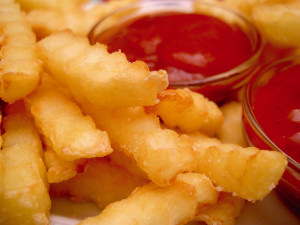
References:
[1] NSW Food Authority: Media Release, Australians expected to gain 15 million kgs this winter, http://www.foodauthority.nsw.gov.au/news/media-releases/mr-27-jun-2012-winter-eating#.VV1LpPmqqko
[2] Ernersson A et al. (2010) Long-term increase in fat mass after a four week intervention with fast food based hyper-alimentation and limitation of physical activity. Nutrition & Metabolism, 7:68. http://www.ncbi.nlm.nih.gov/pmc/articles/PMC2936436/
[3] van Marken Lichtenbelt et al. Cold exposure -- an approach to increasing energy expenditure in humans.Trends in Endocrinology & Metabolism, January 2014
[4] T P Pasanen, L Tyrväinen K M Korpela, The Relationship between Perceived Health and Physical Activity Indoors, Outdoors in Built Environments, and Outdoors in Nature, Applied Psychology: Health and Wellbeing, 2014, Volume 6, Issue 3, pp324-346, http://onlinelibrary.wiley.com/doi/10.1111/aphw.12031/pdf
[5] J Thompson Coon, K Boddy, K Stein, R Whear, J Barton, M H. Depledge. Does Participating in Physical Activity in Outdoor Natural Environments Have a Greater Effect on Physical and Mental Wellbeing than Physical Activity Indoors? A Systematic Review. Environmental Science & Technology, 1 March, 2011, Volume 45, Issue 5 pp1761-1762, http://www.ncbi.nlm.nih.gov/pubmed/21291246

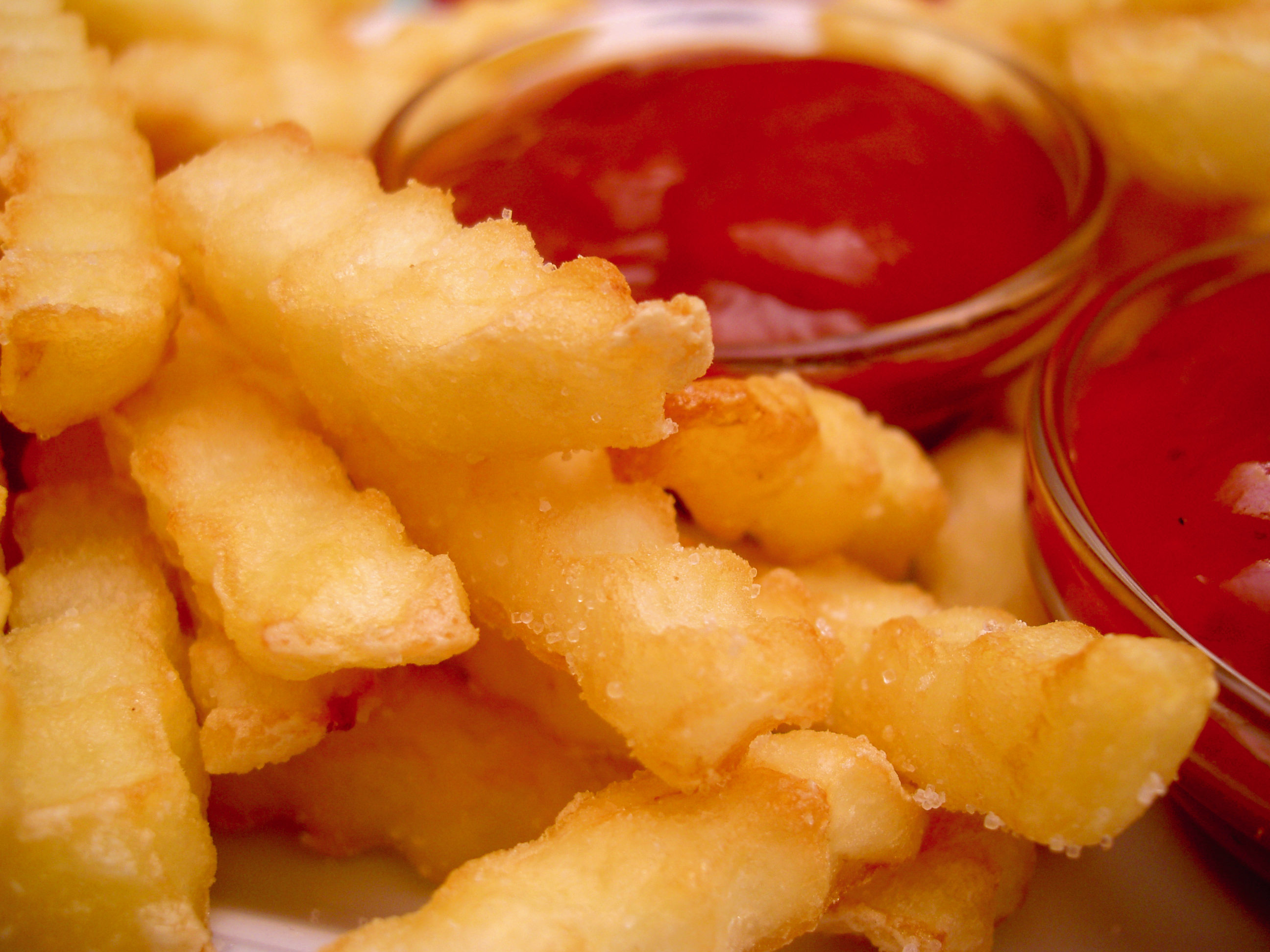


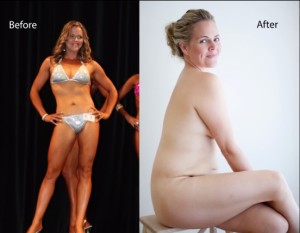
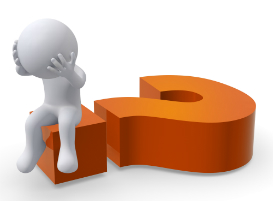





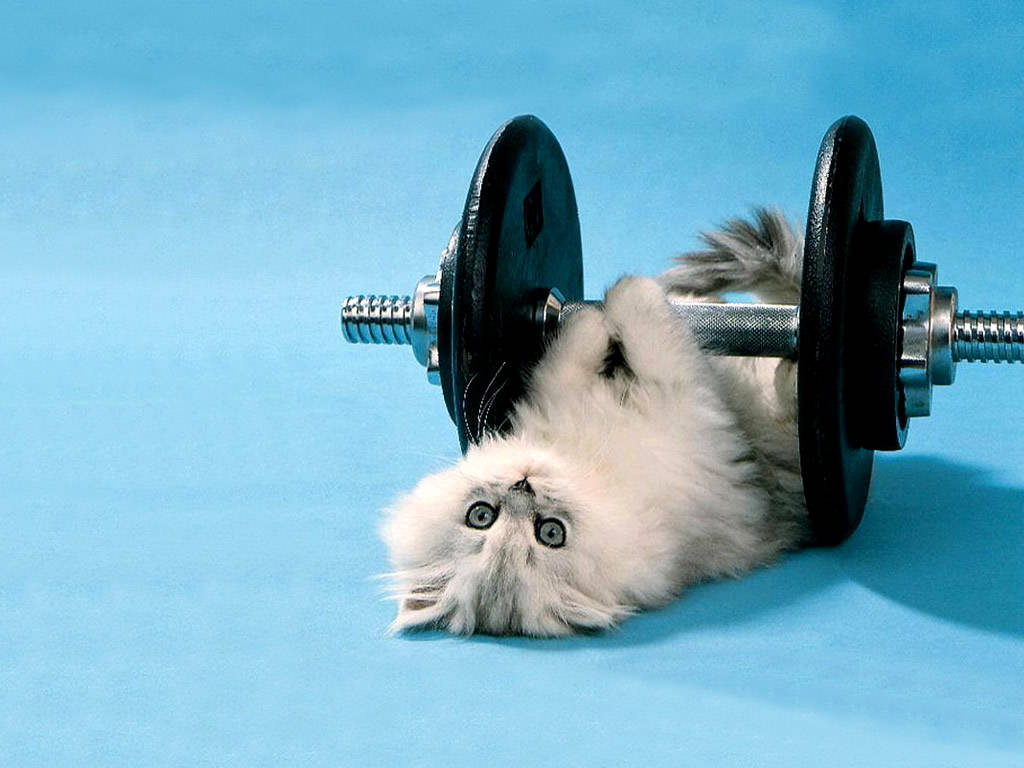
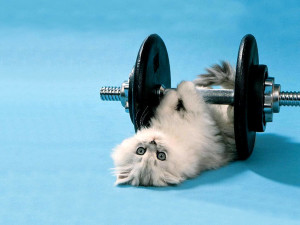 .
.